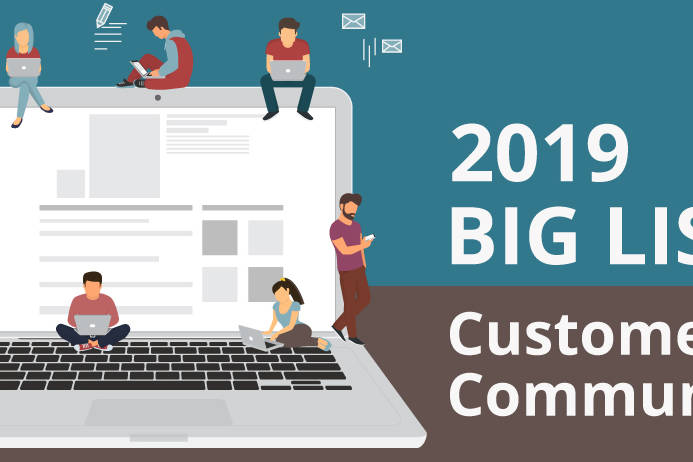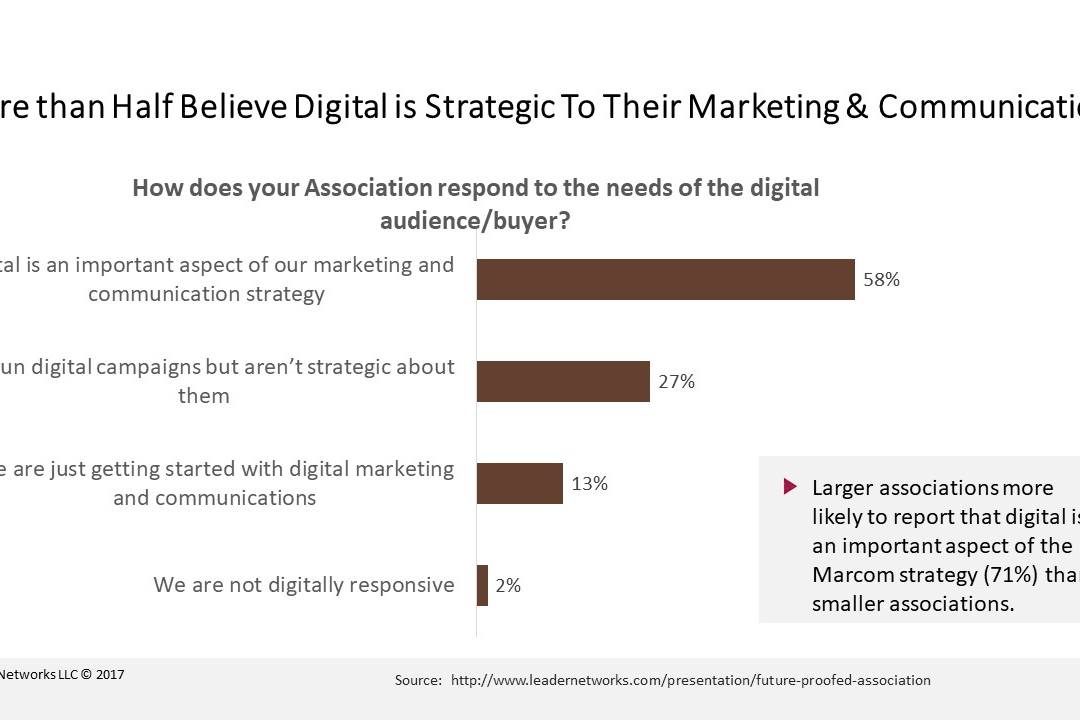 Social business is dynamically changing the face of human interaction and communications globally. The emergence of new social behaviors and interrelationships between individuals, organizations, thought leaders and influencers are evolving in new and previously unforeseen ways primarily because of social media networks and peer groups.
Social business is dynamically changing the face of human interaction and communications globally. The emergence of new social behaviors and interrelationships between individuals, organizations, thought leaders and influencers are evolving in new and previously unforeseen ways primarily because of social media networks and peer groups.
A disruption is in the making, but this time, human behavior is the driver, not technology. People want and need to get the information they need at the time they desire it, especially from those they consider to be experts. We are returning to the “apple cart” of yesteryear. However, this time around we are armed with digital devices to extend our global ability to talk with the companies and people who inform our decisions.
This paradigm shift is a major communications innovation in all markets, which is radically changing the way people and organizations engage and behave online. There is also a strong link between social networking and what might be called “a new global anthropology” that is developing because of these new behaviors, interactions and interrelationships between cultures enabled through social business.
Over the past three years Don Bulmer, Peter Auditore and myself, all Society for New CommunicationsResearch fellows, have embarked on a series of research studies to understand this new and evolving business platform and its impact on social communications and influence.
The New Symbiosis of Professional Networks
The findings and predictions from our most notable study, the New Symbiosis of Professional Networks research conducted three years ago, (2009), identified what we called a Social Media Peer Group, (SMPG) this is essentially a Web 2.0 community of interest around a specific topic and/or business in the course of this treatise we will refer to them as Social Media Networks (SMNs). SMNs, are not always groups of peers, but are enabled by the new social media human computer interfaces and platforms that facilitate easier information sharing and collaboration. And the second New Symbiosis of Professional Networks study (2010) honed in on the changing role of the online influencer and formatively noted the rise of the “crescendo effect” where content creation and curation was being used as credibility builder in online environments.
The Social Mind
The Social Mind research project was designed to explore and understand interrelationships of global communications and how they impact the consumption of information across social media channels and influence flow. Social Mind findings will enable B2B, B2P, B2C or cause marketers to understand the importance and relevance of content – and – its ultimate impact and influence on behaviors, beliefs, decisions and actions. The Social Mind identifies key characteristics and insights into the engagement behaviors of influencers and individuals, and how organizations can maximize reach and influence to execute on what we call the new Principals of Engagement in the Millennium.
We surveyed more than 400 mostly professional and highly educated people in North America who actively participate in social media networks. And nearly 50% regularly create content through blogging, the other half engage and share/create content in social media networks.
Our findings show that social media networks have evolved into trusted expert communities that are testing the trust that people have in more traditional news and information sources. This is a huge shift in information and influence flow as nearly 65% of the sample base indicated that SMNs and professional networks are more trust worthy than traditional news and information aggregators (again remember that these are highly educated individuals.)
We found a significant shift in information flow:
- The role of the expert is rising in importance on the social sphere;
- And the need for expert content is high among content consumers.
- Journalists are no longer considered the sole authoritative sources, and traditional media is just a leader to let people know what they need to self-educate about on their own.
- As an alternative to media-fed information, content consumers find greater value in curated content from experts in order to discover the information they need.
We found that professionals spend approximately 40% of their time online interacting in peer -peer communities closely followed by friends (31%) and then family at (13%.)
- Twitter and blogs are equally important as the company or organizational website which ranked 2ndin importance to Twitter. This in contrast to research from just three years ago where a majority of respondents indicated that websites were the most important source for information, followed in close second by social media channels.
- Twitter emerged as the most important social network for professional interaction.
- Facebook was “the friend network” where in-person friendships are reinforced and extended, virtually.
- Email remained the preferred channel for family to interact online.
Summary The Social Mind research study clearly defines the characteristics and behavior of social media influencers within social media networks that impact the brand, reputation and potentially the sale of products. Organizations that are socially savvy will and are recognizing the value and enhancements that can be derived in the areas of customer service, CRM and customer experience through social media networks. This is becoming a significant competitive advantage for many companies and organizations as social business evolve and grow globally.
In the coming weeks, Don Bulmer, Peter Auditore and I will blog about the research specifics. We will each take the topics that inform our work practices, and together, this blog-ring will offer our perspectives on the outcomes and offer a platform for engagement. So please, follow-on, ask hard questions and discuss with us your ideas about The Social Mind. You can purchase the study here.
Warning: Attempt to read property "base" on array in /home3/trusten9/public_html/leadernetworks/wp-content/plugins/wp-user-profile-avatar/shortcodes/wp-user-profile-avatar-shortcodes.php on line 665
Warning: Attempt to read property "base" on array in /home3/trusten9/public_html/leadernetworks/wp-content/plugins/wp-user-profile-avatar/shortcodes/wp-user-profile-avatar-shortcodes.php on line 665
Warning: Attempt to read property "base" on array in /home3/trusten9/public_html/leadernetworks/wp-content/plugins/wp-user-profile-avatar/shortcodes/wp-user-profile-avatar-shortcodes.php on line 665
Warning: Attempt to read property "base" on array in /home3/trusten9/public_html/leadernetworks/wp-content/plugins/wp-user-profile-avatar/shortcodes/wp-user-profile-avatar-shortcodes.php on line 665
Related Posts
August 28, 2017
SNCR Takes On Fake News
The Conference Board’s SNCR Fellow Community is researching fake news to…
July 20, 2017
Will your association still be here tomorrow? The answer may depend on digital…
With the rise of digital technologies, the potential for associations to reach…
3 Comments
Add comment Cancel reply
This site uses Akismet to reduce spam. Learn how your comment data is processed.



Wonderful blog you have here but I was wanting to know
if you knew of any user discussion forums that cover the same topics talked about here?
I’d really like to be a part of online community where I can get advice from other experienced people that share the same interest.
If you have any suggestions, please let me know. Thanks a
lot!
Hi- Thanks for coming by the blog! There are a number of excellent communities to support community managers. Have you taken a look at CMX Media, Communitymanagers.org or the Community Roundtable LinkedIN group? You should find what you are looking for within those groups.
– Vanessa
[…] the industry experts. Leader Networks, a research and development firm, conducted a study called The Social Mind which found that professionals spend nearly 40 percent of their time online interacting in […]